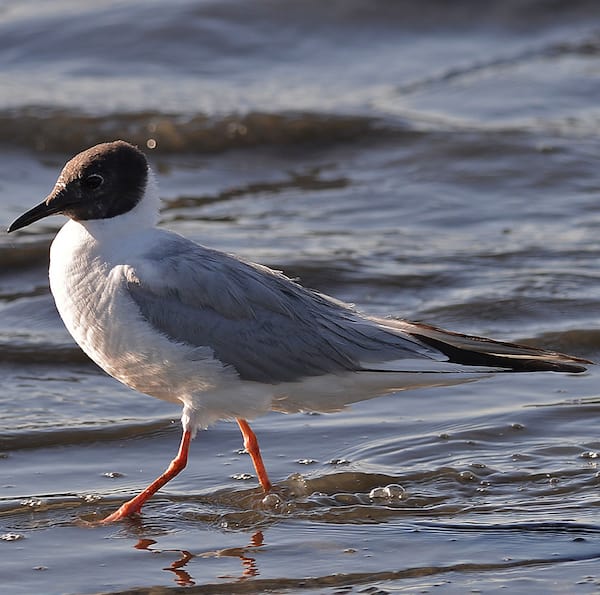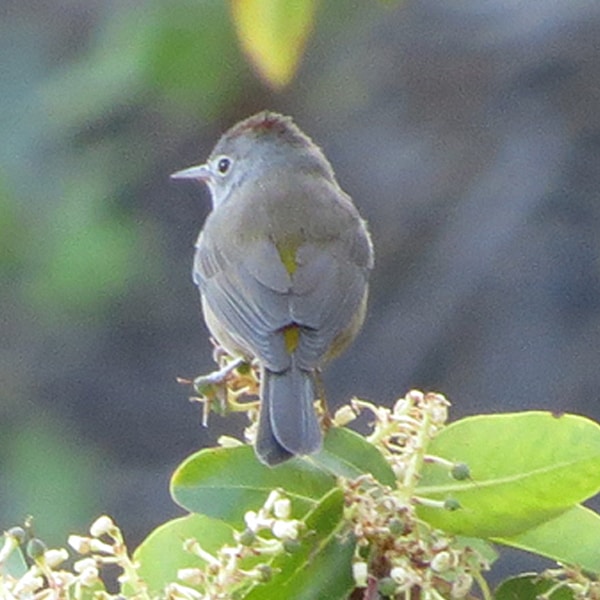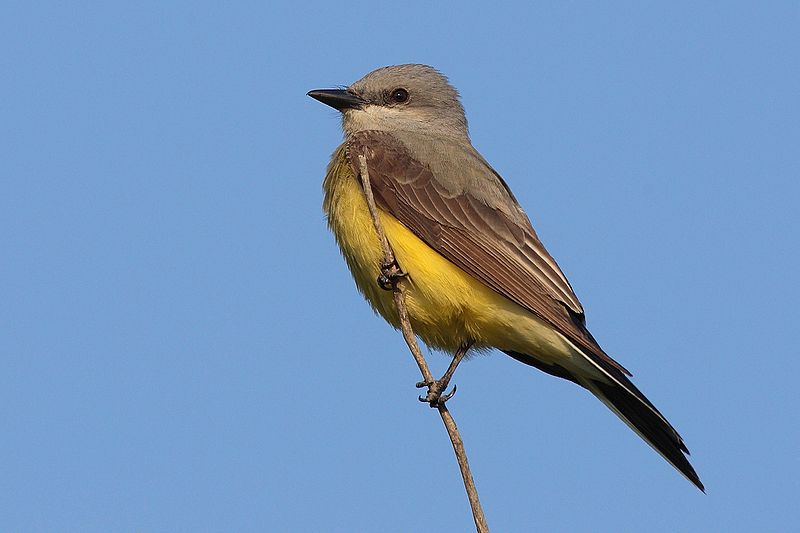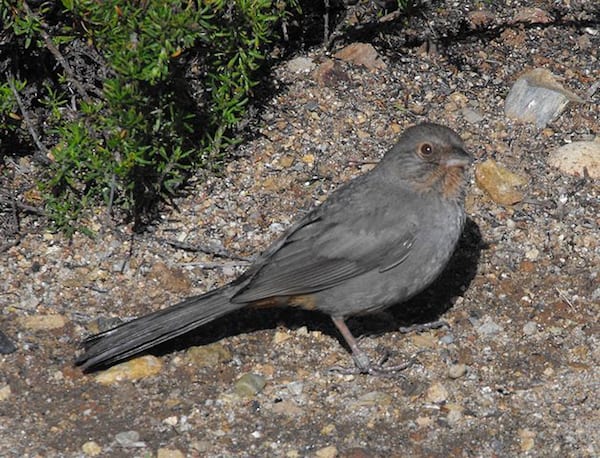Look For
The Bonaparte’s gull is the smallest gull species commonly found in North America. It has a white tail and underparts and a light gray back. Its wings are also light gray with white on the outer edges and black tips on its primaries. During the breeding season, the Bonaparte’s gull has a white eye-ring and solid black head. During the winter, the black fades to white completely save for a single dark spot behind its eyes.
Listen For
The Bonaparte’s gull’s call is a harsh, raspy series of shrieks: kerh-kerh-kerh.
Find It
The Bonaparte’s gull can be found all across North America depending on the time of year. During breeding season it lives primarily in Canada stretching from Alaska all the way east to a small part of western Quebec. There it lives near bodies of water near the edges of boreal forest.
During the winter it migrates south across virtually all across the United States, settling in areas around the Atlantic, Gulf, and Pacific coasts. It can also be found in further inland in parts of the Deep South states from Texas to Florida as well as northern Mexico.
Feeding Behavior
The Bonaparte’s gull feed primarily on insects, small fish, marine worms and crustaceans. Unlike other gulls it does not eat garbage of any sort. It forages by walking along the shore or swimming, picking prey from the water as it goes. It also sometimes flies above the water and watches for prey before diving down to snatch it up. It also sometimes scouts near foliage and captures insects midair.
Nesting Behavior
The Bonaparte’s gull prefers to place its nest on a horizontal branch of a coniferous tree near water anywhere from 4 to 20 feet off the ground. Both sexes build the nest, constructing an open cup shape comprised of sticks and bark and lined with grass, moss, and various other fine plant materials.
The female lays 1 to 4 eggs that are dull green with brown markings. Both parents incubate the eggs for roughly 24 days before hatching. Both parents feed and care for the young, but the period of time before fledging is unknown.




